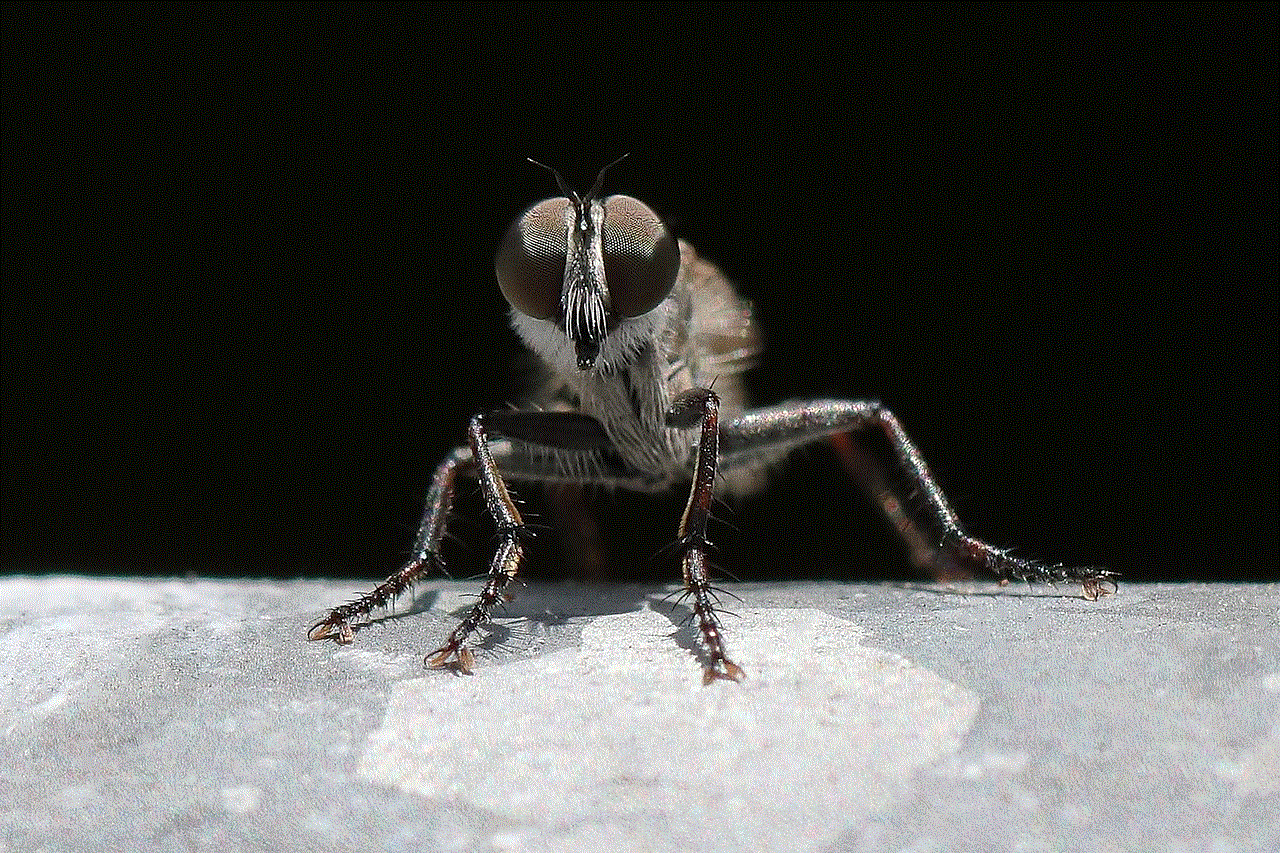gizmo periodic trends
Gizmo Periodic Trends: Exploring the Magic of the Elements
Introduction:
The periodic table is one of the most iconic and essential tools in chemistry. It organizes all the known elements based on their atomic number, electron configuration, and recurring chemical properties. But beyond just being a handy reference guide, the periodic table holds the key to understanding a range of fascinating phenomena known as periodic trends. In this article, we will delve deep into the world of gizmo periodic trends and explore the magic hidden within the elements.
Paragraph 1: Understanding Periodic Trends
Periodic trends refer to the patterns or regularities that can be observed when elements are arranged in the periodic table. These trends help us understand and predict various properties of the elements, such as atomic radius, electronegativity, ionization energy, and more. Gizmo periodic trends are particularly intriguing as they provide insights into the behavior of elements and their compounds.
Paragraph 2: Atomic Radius and its Gizmo Trends
Atomic radius refers to the size of an atom, typically measured as the distance between the nucleus and the outermost electron shell. When moving across a period from left to right, the atomic radius generally decreases due to the increased effective nuclear charge attracting the electrons closer to the nucleus. However, when moving down a group, the atomic radius increases as new electron shells are added. Understanding these gizmo trends in atomic radius helps chemists comprehend the behavior of elements and their ability to form bonds.
Paragraph 3: Electronegativity and its Gizmo Trends
Electronegativity is the measure of an atom’s tendency to attract electrons towards itself in a chemical bond. It plays a crucial role in determining the polarity of bonds and the nature of compounds. Gizmo trends in electronegativity exhibit a similar pattern to atomic radius when moving across periods and down groups. As the atomic radius decreases across a period, electronegativity tends to increase. Conversely, as the atomic radius increases down a group, electronegativity generally decreases.
Paragraph 4: Ionization Energy and its Gizmo Trends
Ionization energy is the energy required to remove an electron from an atom or ion. It is an essential property for understanding the reactivity and stability of elements. Gizmo trends in ionization energy follow a similar pattern to atomic radius and electronegativity. Across a period, ionization energy generally increases as the atomic radius decreases, making it more difficult to remove an electron. Down a group, ionization energy decreases due to the increasing atomic radius and shielding effect.
Paragraph 5: Metallic and Non-Metallic Properties
Gizmo periodic trends also provide insights into the metallic and non-metallic properties of elements. Metals tend to have low electronegativity, low ionization energy, and high thermal and electrical conductivity. On the other hand, non-metals have high electronegativity, high ionization energy, and poor thermal and electrical conductivity. Understanding these trends helps in classifying elements and predicting their properties.
Paragraph 6: Reactivity and Group Trends
Reactivity refers to how readily an element or compound undergoes a chemical reaction. Gizmo periodic trends help us understand the reactivity of elements based on their position in the periodic table. Elements in the same group tend to have similar reactivity due to similar electron configurations. For example, alkali metals in Group 1 are highly reactive, while noble gases in Group 18 are inert or unreactive.
Paragraph 7: Transition Metals and Periodic Trends
Transition metals form a unique group within the periodic table and exhibit their own set of gizmo trends. Unlike the main group elements, transition metals can have multiple oxidation states due to the presence of partially filled d orbitals. These elements also tend to form colorful compounds, making them useful in various applications such as pigments, catalysts, and electronics.
Paragraph 8: Gizmo Trends and the Chemical Industry
The knowledge of gizmo periodic trends is crucial in the chemical industry. Understanding the behavior of elements and their compounds helps in designing and optimizing processes, developing new materials, and predicting the behavior of substances under different conditions. The periodic table and its trends provide a roadmap for chemists and engineers, guiding them towards innovative solutions and advancements.
Paragraph 9: Gizmo Trends and Everyday Life



Gizmo trends in periodicity are not limited to the realm of chemistry laboratories and industries. They also impact our everyday lives in numerous ways. From the behavior of elements in our environment to the properties of the materials we use, periodic trends shape the world around us. For example, understanding the gizmo trends in atomic radius and electronegativity helps explain why certain elements are more likely to form stable compounds and why certain materials have specific properties.
Paragraph 10: Future Directions in Gizmo Periodic Trends
As our understanding of the elements and their properties deepens, new gizmo periodic trends are discovered. Researchers are constantly pushing the boundaries of knowledge, uncovering hidden patterns and connections. Future directions in gizmo periodic trends include exploring the behavior of newly synthesized elements, investigating the effects of extreme conditions, and developing theoretical models to predict properties based on atomic structure.
Conclusion:
Gizmo periodic trends are an essential tool for understanding the behavior of elements and their compounds. By studying the patterns and regularities in the periodic table, scientists can predict and explain a wide range of properties, from atomic radius to reactivity. These trends have practical applications in various fields, from the chemical industry to everyday life. By delving into the world of gizmo periodic trends, we unlock the magic hidden within the elements and pave the way for new discoveries and advancements.
november arts and crafts for toddlers
November is the perfect time of year to get creative with your little ones. The days are getting shorter and the weather is getting colder, making it the perfect opportunity to stay indoors and do some fun arts and crafts with your toddlers. Not only will this keep them entertained, but it will also help develop their fine motor skills, creativity, and imagination. In this article, we will explore some fun and easy arts and crafts projects that are perfect for the month of November.
1. Leaf Painting
One of the most iconic images of November is the changing leaves. Why not bring this beautiful scenery indoors by creating some leaf paintings with your toddlers? All you need is some construction paper, paint, and leaves (either real or fake). Start by going on a nature walk with your little ones and collect different types of leaves. Once you have a good variety, head back home and set up a painting station. Your toddlers can use the leaves as stamps, dipping them in paint and pressing them onto the paper to create different shapes and patterns. This is not only a fun activity but also a great way to teach your little ones about different types of leaves and their shapes.
2. Handprint Turkey
Thanksgiving is a major holiday in November and what better way to celebrate than by making a handprint turkey with your little ones? This is a simple project that only requires some construction paper, paint, and googly eyes. Start by tracing your toddler’s hand on a piece of brown construction paper and cut it out. Then, have them paint the palm of their hand with different colors to represent the feathers of the turkey. Once the paint is dry, glue on the googly eyes and draw on a beak and feet. This is a great way to capture your toddler’s handprints and create a memorable Thanksgiving decoration.
3. Pinecone Owls



Pinecones are abundant in November and can be used in a variety of crafts. One fun project is to turn them into cute little owls with the help of some paint, construction paper, and googly eyes. Start by painting the pinecone with brown or white paint to create the body of the owl. Once the paint is dry, glue on some googly eyes and cut out a triangle shape from construction paper to create a beak. You can also cut out small circles from construction paper to create the feathers on the owl’s chest. This is a fun and easy project that your toddlers will love.
4. Paper Plate Scarecrow
Scarecrows are a common sight in the fields during the month of November. Bring this iconic figure indoors by creating a paper plate scarecrow with your toddlers. All you need is a paper plate, construction paper, and some markers. Start by cutting out a triangle shape from construction paper and gluing it on the paper plate to create the scarecrow’s hat. Then, have your little ones draw on a face using markers. You can also cut out different shapes from construction paper to create the scarecrow’s hair, nose, and mouth. This is a great way to work on your toddler’s cutting and coloring skills.
5. Corn Cob Painting
November is also a time for harvesting corn, so why not incorporate this into your arts and crafts? Corn cob painting is a fun and unique activity that your toddlers will enjoy. All you need is some paint and a corn cob. Start by dipping the corn cob in paint and have your little ones roll it on a piece of paper to create different patterns and designs. You can also add different colors to the corn cob to create a rainbow effect. This is a great sensory activity that will keep your toddlers engaged and entertained.
6. Handprint Wreath
Wreaths are a popular decoration during the holiday season, and you can create a unique one with the help of your toddler’s handprints. Start by tracing your toddler’s hand on different colored construction paper and cut out multiple handprints. Then, have them glue the handprints in a circular shape to create a wreath. You can also add some ribbons or bows for a festive touch. This is a great way to work on your toddler’s cutting and gluing skills while creating a beautiful decoration for your home.
7. Salt Dough Ornaments
Making salt dough ornaments is a classic activity that is perfect for the month of November. Not only is it fun and easy, but it also creates beautiful decorations that you can hang on your Christmas tree. To make the salt dough, mix 1 cup of flour, 1/2 cup of salt, and 1/2 cup of water. Knead the dough until it is smooth and then roll it out on a floured surface. Use cookie cutters to create different shapes and poke a hole at the top using a straw. Bake the ornaments at 200 degrees for 2-3 hours, or until they are completely dry. Once they are cool, your toddlers can paint and decorate them however they like.
8. Paper Bag Turkeys
Another fun Thanksgiving-themed craft is making paper bag turkeys. All you need is a brown paper bag, construction paper, and some markers. Start by cutting out feathers from different colors of construction paper and gluing them on the back of the paper bag. Then, have your little ones draw a face on the front of the bag using markers. You can also add some googly eyes and a beak using construction paper. This is a fun and easy project that your toddlers will love playing with.
9. Pinecone Turkey
If you have some pinecones left over from the owl project, you can also turn them into cute little turkeys. Start by painting the pinecone with brown or white paint and let it dry. Then, using construction paper, cut out a turkey head and feathers and glue them onto the pinecone. You can also add some googly eyes and a beak using construction paper. This is a great way to use up leftover materials and create a fun decoration for Thanksgiving.
10. Handprint Tree



As the leaves start to fall off the trees in November, it’s the perfect time to create a handprint tree with your toddlers. Start by tracing your toddler’s hand on a piece of construction paper and cut it out. Then, have them glue the handprint on a piece of paper to create the trunk of the tree. Using different shades of green paint, have your little ones create handprints on the top of the tree to represent the leaves. This is a fun and easy project that also helps your toddler learn about the changing seasons.
November is a wonderful time to get creative with your toddlers. With these fun and easy arts and crafts projects, you can keep them entertained while also working on their fine motor skills, creativity, and imagination. So, gather some supplies and start crafting with your little ones today!